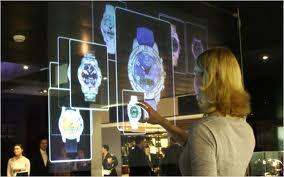Cooperative robots for intraocular surgery allow surgeons to perform vitreoretinal surgery with high precision and stability. Several robot structural designs have shown capabilities to perform these surgeries. This research investigates the comparative performance of a serial and parallel cooperative-controlled robot in completing a retinal vessel-following task, with a focus on human-robot interaction performance and user experience. Our results indicate that despite differences in robot structure and interaction forces and torques, the two robots exhibited similar levels of performance in terms of general robot-to-patient interaction and average operating time. These findings have implications for the development and implementation of surgical robotics, suggesting that both serial and parallel cooperative-controlled robots can be effective for vitreoretinal surgery tasks.
翻译:翻译后的摘要:
合作机器人用于眼内手术可以使外科医生实现高精度和稳定性。已有多种机器人的结构设计已经展现了这些手术的功能性。本研究调查了串行和并行合作控制机器人在完成视网膜血管追踪任务时的性能比较,重点关注人机交互的性能和用户体验。研究结果表明,尽管两种机型在机器人与病人的交互力和力矩上存在差异,但两种合作控制机器人在一般机器人-患者交互和平均手术时间方面表现相似。这些发现对手术机器人的开发和实施具有重要意义,表明串行和并行合作控制机器人都可以有效地完成视网膜手术任务。


